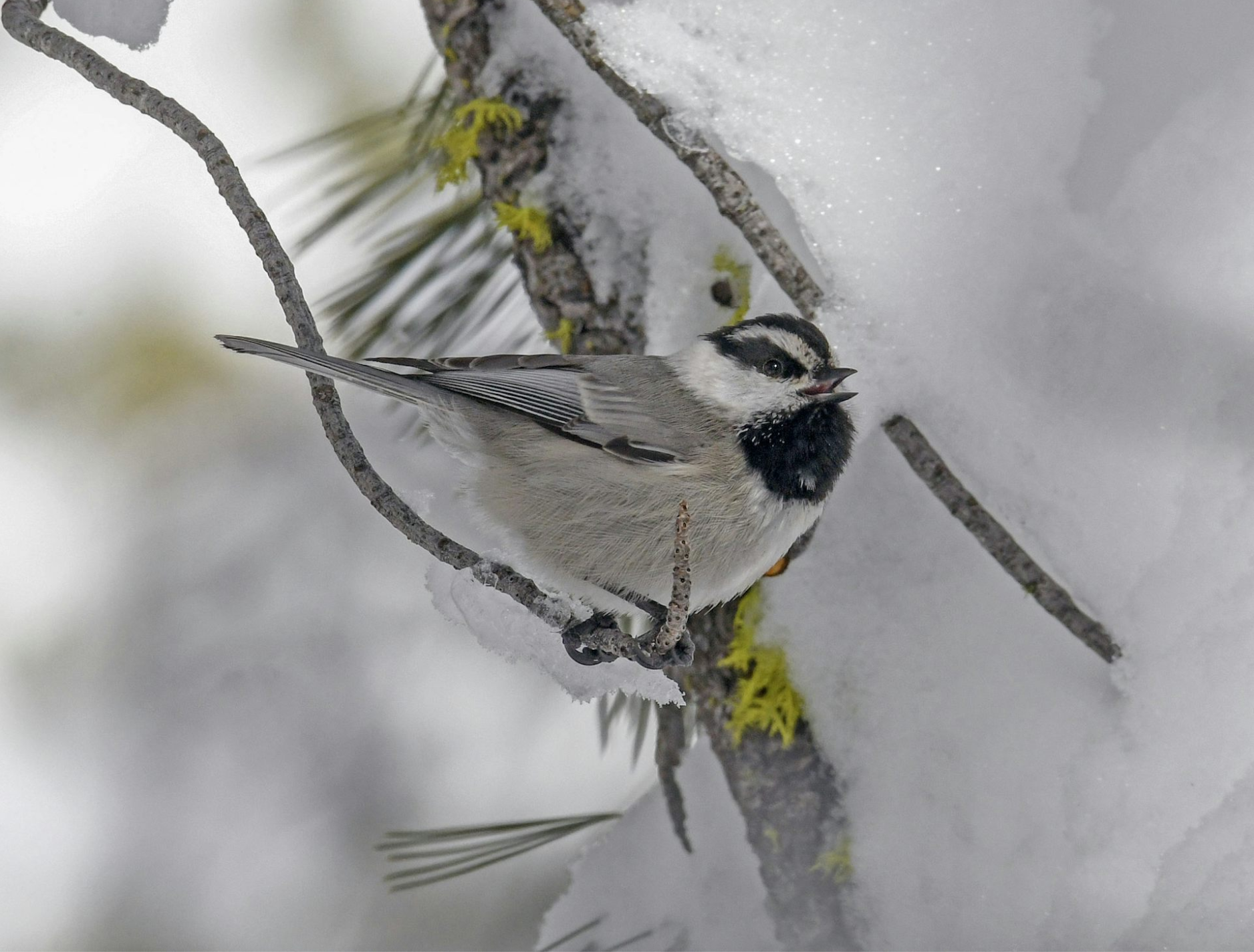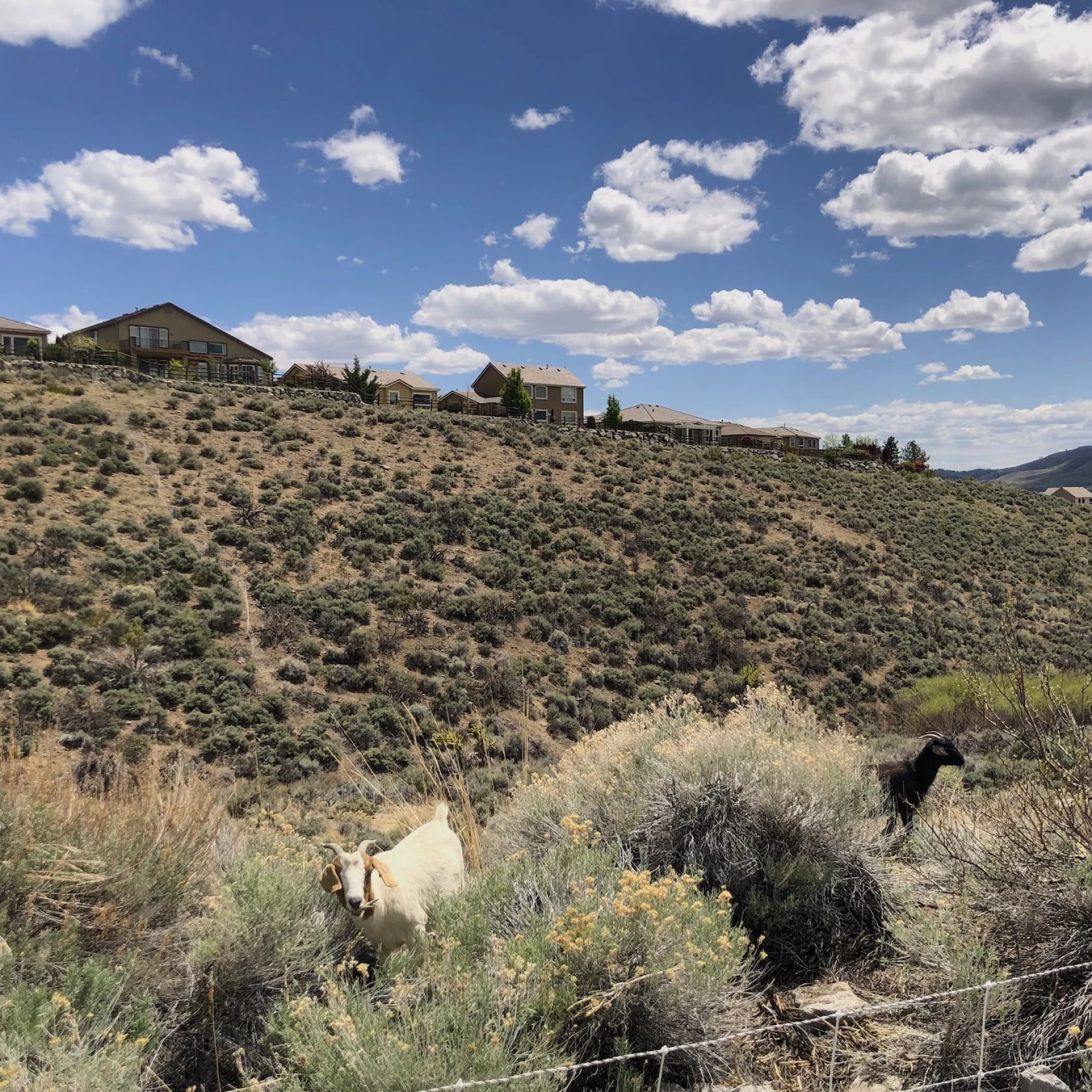This story was shared in partnership with KUNR Public Radio. For an audio version of the story, please visit the KUNR website.
As summer heats up, Nevadans are heading to the state’s lakes and reservoirs for fun and cool relief. But officials warn that harmful algae could pose serious risks.
Harmful algae are becoming a significant concern in Nevada’s water bodies. The algae, caused by cyanobacteria, produce dangerous toxins that are harmful to humans, pets, and aquatic life.
Weston Fettgather, environmental scientist for the Nevada Division of Environmental Protection, shared several ways to identify harmful algae.
“One of them is called the stick test; you basically pick up a stick, drag it through the algae, and if it’s long and stringy, and filamentous, it’s probably a green algae and not toxic,” he said. “If it coats a stick like green paint, then there’s a possibility that it could be cyanobacteria.”
It often occurs in stagnant, warm bodies of water and can also take on a rotten smell or make water look like pea soup, Fettgather said.
If a human comes in contact with or ingests harmful algae, common symptoms include nausea, vomiting, and skin irritation or rash.
Fettgather also warned of the increased danger for dogs, who are more susceptible to the toxins in the algae. They are also more likely to ingest water when swimming.
“I recommend that people do a quick visual assessment and if they see any green scum, or anything like that, to keep their dogs out of the water,” he said.
To tackle this issue, the Nevada Harmful Algal Bloom Task Force was formed to help educate the public on these harmful algae and how to steer clear of them.
The task force advises checking its new harmful algae dashboard for up-to-date information before visiting any body of water.
It also recommends reporting any suspicious sightings by emailing wfettgather@ndep.nv.gov along with a photo of the suspected harmful algae to help with monitoring efforts.
Sydney Peerman is the 2024 summer intern for KUNR and the Hitchcock Project for Visualizing Science.






